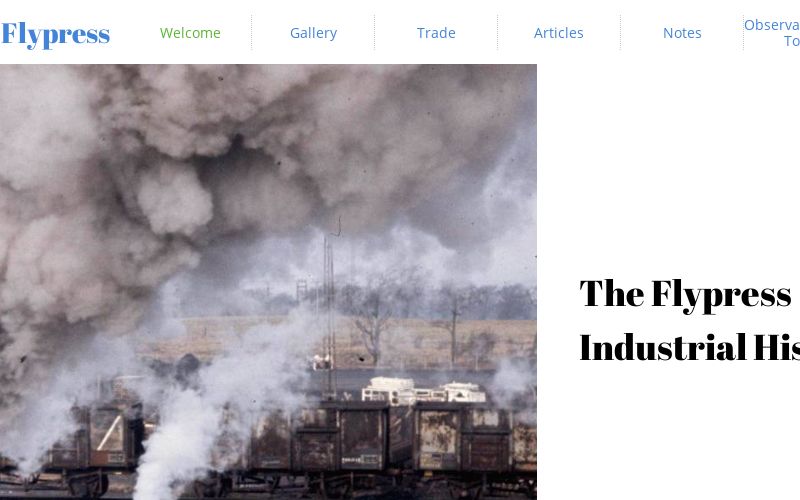Hi Astoness,I think it means that before anything is done,they will assess the site re Archaeological value,initially whilst sitting at a desk!Then they may dig,look at what they find,then decide whether or not to allow redevelopment.(building round what's there or demolishing the lot!)
PPG16 states that Archaeological remains should be seen as a finite, and non renewable resource, in many cases highly fragile and vulnerable to damage and destruction.They can contain irreplaceable information about our past and potential for an increase in our future knowledge.í It is important to manage and conserve this resource for present and future generations by ensuring that they are not needlessly destroyed.
PPG16 is an advice note, and archaeology may be outweighed by other factors considered in the assessment of planning applications according to local needs. The competitive tendering process for archaeological work often means that in field evaluations archaeological work is costed to the minimum required.
Non-scheduled monuments are primarily protected through the planning process, instituted through PPG16 and the Town and Country Planning Act 1990. Planning applications are assessed by SMR and county archaeologists form the perspective of the damage that development may cause to the archaeological environment. PPG16 notes that not all nationally important monuments are scheduled and presumption will be made in favour of their preservation. Recommendations about planning applications that will be accepted are to be found in the Local Plan, set up by the Town and Country Planning Act.

